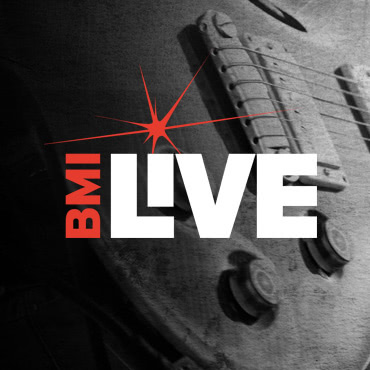All Things Strings
From miking up banjos to upright basses, some thoughts on getting good sounds across the acoustic realm

As you may have discovered, recording an acoustic guitar is no small feat—there are a lot of complex overtones that can vary depending on the size and model of the instrument, the type of woods used, whether it’s picked or strummed, and so on. And if you’ve spent any time working in folk, country, blues, acoustic rock and the like, you know there are a lot more stringed things to cover once you’ve mastered the art of the Martin. To wit, here are a few thoughts on getting good sounds across the acoustic realm, from miking upright bass or violin/fiddle, to tracking more finicky instruments such as autoharp, dulcimer, dobro and the like. As with all placement situations, you’ll want to don a pair of headphones while gradually moving the mics into position, which will allow you to locate the “sweet spot” on each instrument.
Upright lowdown. Compared to its electric counterpart, recording an upright or acoustic bass presents a different set of challenges, though the goal is similar — striking a good balance between bass tone and finger articulation. Like amplified bass, you’ll want a mic that’s suited for low-end applications such as a large-diaphragm condenser or even large- diaphragm dynamic microphone, pointed at the bridge and placed several feet back to capture the full projection of the instrument. A second mic aimed at the top of the neck can be used to boost articulation, so long as both mics are far enough apart to avoid phase issues.
Bowed instruments. While it’s helpful to have a bit of liveliness when tracking acoustic guitars and the like, a dry space isn’t necessarily a deal-breaker. Which makes recording violin (or fiddle) a departure of sorts—here’s a case where the room really does make a difference, largely because we associate violin and other bowed instruments with classical music and reverberant concert halls. Not that you need a king-sized space—for instance, a room that has wood-paneled wools and/or floors can provide a nice blend of tone and ambience. Pros tend to favor large-diaphragm condensers or perhaps a ribbon microphone when recording violin, placed some distance from the performer and elevated, with the mic pointed down the neck of the instrument (or facing the bow).
Tracking banjo. With its drum-like top and, on most varieties, closed back that serves as a built-in resonator, the banjo is a loud and percussive instrument, and also one with ample midrange/high end, particularly when played with metal fingerpicks. Your mic choice and placement should take all of that into account, perhaps allowing upwards of two feet between mic and strings to capture equal parts tone and rhythm. While a basic dynamic mic (such as Shure’s SM57 or similar models) will work in a pinch, the rounder, wider pickup range of a large-diaphragm condenser is often the best way to harness the banjo’s potentially abrasive attack, especially when aimed at an angle to the player’s picking hand (i.e., “off-axis”). In fact, some condenser mics have a flatter frequency response than others—the famous AKG C414 being one such model—making them better candidates for recording brighter instruments like banjo (and those mentioned below), if available.
Other stringed things. There’s also a singular subgroup that includes traditional folk and country mainstays like the resonator (or dobro), mountain or Appalachian dulcimer, and autoharp, each with its own set of recording idiosyncrasies though similar in that all are relatively bright and lower output. With the autoharp (which is typically held across one’s shoulder), the trick is getting the full spectrum of tonality without too much pick attack (if using one), while also keeping the chord-button mechanics out of the picture. If recording in mono, try a single condenser microphone placed out front and aimed slightly away from the center of the instrument (or toward the tuning pegs); for a less-direct sound, some have also used a pair of mics situated behind the player, one over each shoulder at around ear level.
Because of their unusual construction, lap instruments like dobro and dulcimer often require a bit more trial and error. With a dobro resonator, the sound emanates not just from the center cone but also a pair of low-frequency ports along the top of the body; therefore your best bet is aiming a condenser mic somewhere in between about six inches away, or until you have a good blend of string attack and bottom end. For the acoustically subdued mountain dulcimer (one that is played with a pick, not hammers), the trick is finding the right combination of gain and positioning—too close and the sound will be all strings and pick, too far back and you’re liable to lose focus. For this reason, many engineers opt for a stereo pair of condenser mics, one pointed at each end of the dulcimer and set about a foot away, or until the balance sounds full with only moderate pick attack when listening through headphones.








Community
Connect with BMI & Professional Songwriters